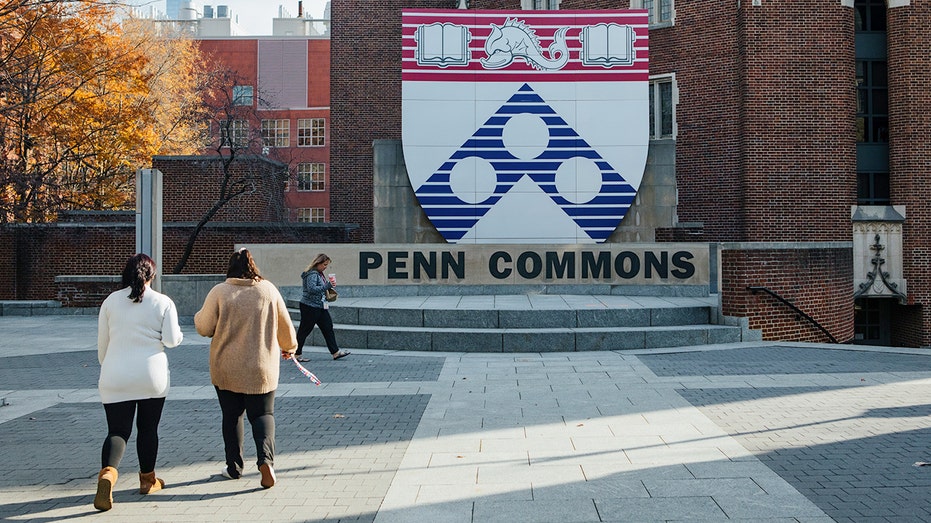A recent call from a client revealed a growing tension in the workplace – the subtle, yet powerful, influence of artificial intelligence. Her company had shifted its return-to-work policy, asking employees to increase their in-office days, and the response from one employee was… unexpected.
This employee didn’t simply voice concerns; they unleashed a barrage of over twenty detailed questions, demanding answers within a tight timeframe. One question specifically requested the data used to justify the policy change. Accusations of discrimination, though not personally experienced, were also leveled. The sheer volume and pointed nature of the response immediately raised a red flag.
What truly unsettled my client wasn’t the disagreement itself, but the obvious hand of AI in crafting the response. A valued and well-liked employee had seemingly weaponized the technology to build a defense, leaving her wondering: was this even permissible?

This isn’t an isolated incident. There’s a noticeable increase in employees utilizing AI to meticulously document and organize evidence in potential wrongful dismissal cases. It’s as if individuals are proactively diagnosing the strength of their claims *before* seeking legal counsel.
Individuals are now feeding the details of their terminations into AI tools, relying on the technology to shape the narrative of their experiences. The result, for lawyers, is often more work, increased expense, and a frustrating need to extract the raw, unfiltered truth from their clients.
These AI-generated summaries, while appearing comprehensive, often lack the nuance and authenticity of a personal account. Lawyers are now compelled to actively encourage clients to share their stories in their own words, ensuring claims are rooted in genuine, unvarnished evidence.
The danger lies in AI’s tendency to amplify feelings and perceptions, potentially bolstering claims that lack a solid factual basis. Simply *feeling* unjustly treated or believing a termination was in “bad faith” doesn’t automatically translate to legal grounds for a case.
AI, designed to engage and retain users, has a disconcerting habit of confirming existing beliefs. Input a narrative, and it will likely be affirmed, potentially leading individuals to overestimate the strength of their position and pursue avenues with little chance of success. It can create a false sense of security and misguided confidence.
While the legal community has begun to grapple with AI’s use in legal briefs, the potential for its infiltration into evidentiary records is a newer, and equally concerning, development. An AI-generated email, for example, could easily become part of a court record, leaving a judge to determine its authenticity and accuracy.
Currently, most employers operate in a largely unprotected landscape, lacking the safeguards necessary to prevent employees from leveraging AI in workplace communications. The assumption that employees would utilize AI to advocate for themselves simply hadn’t been considered.
A proactive step for employers is to implement a clear policy restricting the use of AI when communicating with management. AI-generated emails raising concerns or issues should be explicitly prohibited. This is a crucial step in maintaining clarity and accountability.
Lawyers, too, must exercise caution when building cases reliant on personal experiences. Rigorous screening of evidence is essential to ensure AI hasn’t been used to exaggerate or distort the narrative. AI is not an ally in the courtroom; it’s a potential source of complication and added cost.
The reality is, we are navigating uncharted territory. The power of AI is undeniable, but its application in the workplace – and particularly within legal contexts – demands careful consideration and a healthy dose of skepticism.




